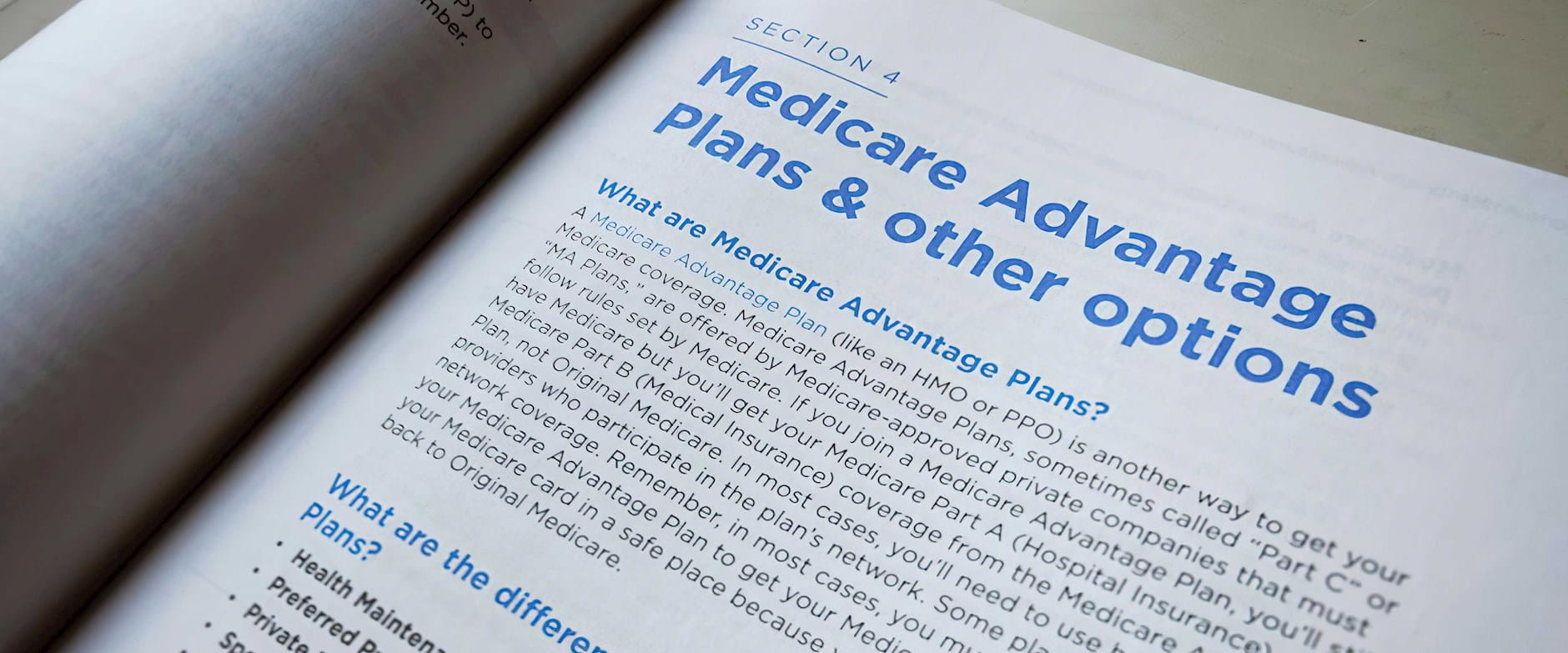
Lopsided Innovation Causes Productivity Slowdowns
Bottlenecks can form when industries innovate at different paces.
Lopsided Innovation Causes Productivity Slowdowns
Associated Press
For about the past 50 years, Americans who want an alternate to Medicare, the government-funded health-care system for over-65s and the disabled, have been able to enroll in Medicare Advantage, a subsidized insurance program that typically offers a restricted network of hospitals in exchange for covering services, such as dental and vision, that aren’t available under traditional Medicare.
In 2010, as part of the Affordable Care Act, Congress passed $156 billion of cuts to Medicare Advantage subsidies, scheduled to take effect between 2013 and 2022. Some critics predicted the action would hurt patients by jacking up premiums and cutting services. Others said it would hurt insurance companies and health-care systems that sponsor Medicare Advantage programs.
Both concerns are at least partly valid, according to research by University of Texas’s Marika Cabral and Michael Geruso and Chicago Booth’s Neale Mahoney. They studied an increase in subsidies in 2001, and find that patients and producers benefited more or less equally, suggesting that the pain of any cuts would be similarly split by both sides of the market.
“If payments to Medicare Advantage are slashed, patients will be worse off,” Mahoney says. “But the insurance companies and hospitals will bear half the burden as well.”
Medicare Advantage has been around in one form or another since the 1970s, and about a third of Medicare beneficiaries currently pay for Medicare Advantage plans.
But these plans tightly restrict provider choices. Under traditional Medicare, the government pays provider fees directly. In Medicare Advantage, the government pays the plan sponsors a set amount per person per year, regardless of each individual’s use of health-care services. Subsidies for Medicare Advantage long matched the average per-person costs of traditional Medicare, calculated county by county. This changed in 2001, when Congress implemented new minimum payments for Medicare Advantage that led to increases in 72 percent of counties. On average, payments rose by $600 per year per Medicare Advantage beneficiary.
The researchers analyzed how the changes in payments affected premiums and services offered by Medicare Advantage programs. They focused on 1997–2003, comparing data for the three years before the subsidy increase with data from the three years following it. (They stopped with 2003 because that year Congress did more tinkering.) Plan sponsors lowered premiums by an average of 45 cents for each dollar increase in subsidies, they find. An additional 9 cents went toward improving the plans’ services.
One-third of the remaining 46 cents was absorbed by “advantageous selection,” in which the richer services and subsidies attracted more patients who were sicker and raised costs for the benefit providers. The rest, the researchers find, went into the sponsors’ pockets.
But Cabral, Geruso, and Mahoney also find that market competition was a significant factor in determining how plan sponsors allocated the increased subsidies. In counties with the most competition, three-quarters of the increased payments went to the benefit of patients in the form of lower premiums or beefed-up services. In the least-competitive markets, only 13 percent of the increase helped patients.
The findings suggest that as subsidies shrink, patients can expect to bear about half of the burden through increased premiums and decreased services, while insurance companies swallow the rest.
“We view our results as emphasizing the importance of market power in health insurance markets,” the researchers conclude. “The delivery of publicly funded health care in the United States has become increasingly privatized over the past 25 years. . . . Our estimates indicate that efforts to make insurance markets more competitive may be key to increasing consumer surplus in such settings.”
Marika Cabral, Michael Geruso, and Neale Mahoney, “Do Larger Health Insurance Subsidies Benefit Patients or Producers? Evidence from Medicare Advantage,” American Economic Review, August 2018.

Bottlenecks can form when industries innovate at different paces.
Lopsided Innovation Causes Productivity Slowdowns
Linkages have helped mitigate the effects of recent economic shocks.
In Praise of the Global Economy
Job loss, divorce, and other life events far outweigh negative equity.
What’s Actually behind Most Mortgage DefaultsYour Privacy
We want to demonstrate our commitment to your privacy. Please review Chicago Booth's privacy notice, which provides information explaining how and why we collect particular information when you visit our website.